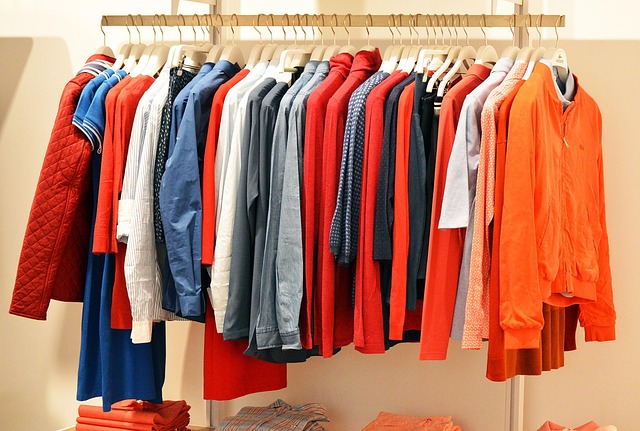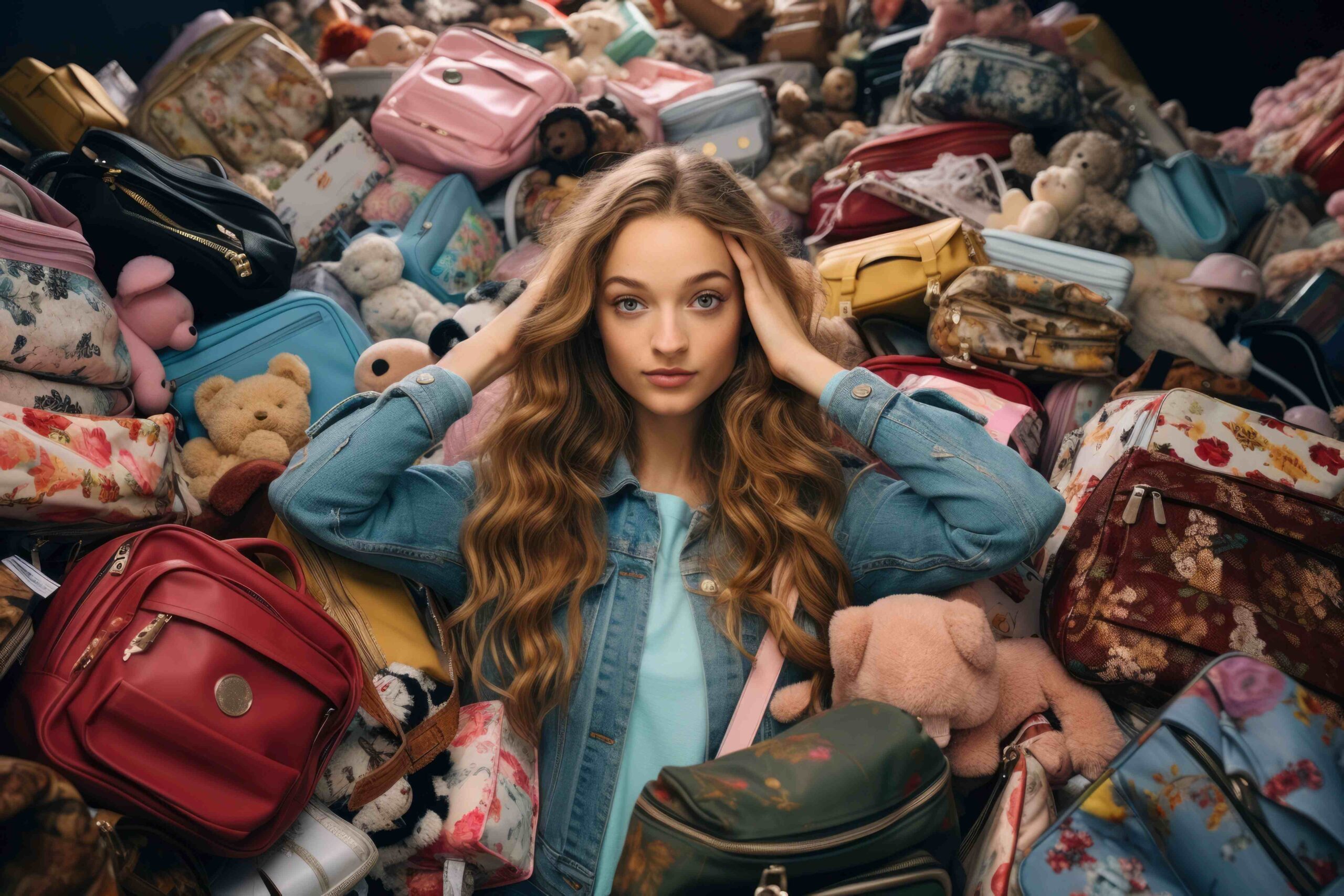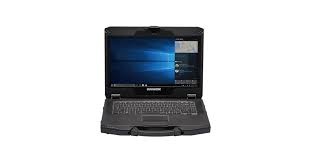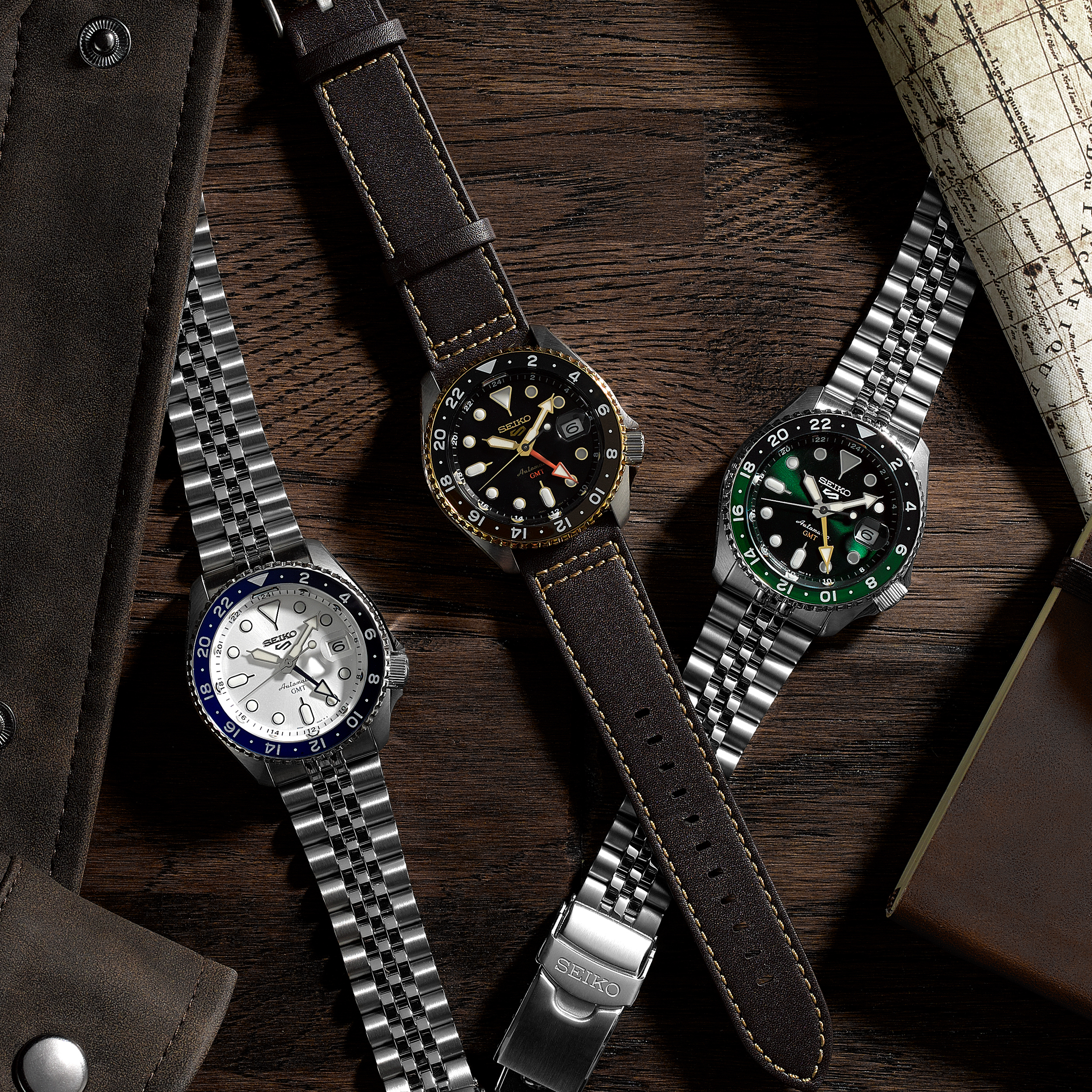Introduction
Customise clothing is more than a trend; it is a marketing tool that puts your name on fabric and (literally) walks it down the street. Whether you run a café, coach a sports team, or manage a start-up, personalised clothing helps staff and supporters feel like part of something larger. This guide explains how to turn a plain T-shirt, polo, or hoodie into a moving billboard—without jargon or hefty design fees. By the end, you will know the key steps, cost factors, and care tips that keep prints bright and garments comfortable for years.
Why Personalised Clothing Works
- Instant Brand Visibility
A customer wearing your tee can reach hundreds of eyes in a single day. Compared with paid ads that vanish once the budget runs out, personalised clothing sticks around. - Stronger Team Spirit
Matching uniforms signal unity. Staff members recognise each other, and customers find the right person to help them. The boost in morale can translate to better service and higher sales. - Built-In Memorabilia
Event organisers often use customised shirts as souvenirs. The garment reminds attendees of a concert, charity run, or product launch long after banners come down. - Cost Efficiency at Scale
Screen or digital printing spreads set-up costs across each piece. The larger the batch, the lower the price per unit—ideal for growing companies.
Five Elements That Shape Quality
1. Fabric Choice
Cotton remains popular for everyday wear because it breathes well and holds ink neatly. Blends with a hint of Customise clothing polyester resist wrinkles and shrinkage. For sports kits, moisture-wicking synthetics keep athletes cool.
2. Fit and Cut
A relaxed fit suits casual giveaways, while a tailored cut looks sharper in retail stores. Measure two sizes: chest and length. These numbers help printers match patterns exactly, avoiding stretched logos on larger garments.
3. Colour Palette
Light shades showcase bold graphics; dark shades give neon ink a stage. Match hues to your brand guide, then ask the printer for Pantone confirmation so the final batch matches your website, flyers, and signage.
4. Print or Embroidery Technique
- Screen Printing—Ideal for high-volume runs of up to six colours. Durable and vivid.
- Direct-to-Garment (DTG)—Best for small orders and detailed art. No set-up screens required.
- Heat Transfer Vinyl—Good for player names and numbers. Fast turn-around.
- Embroidery—Adds a textured, premium feel to collars and caps. Thread colours last through many washes.
5. Finishing Touches
Private labelling, woven patches, or custom neck tags lift the garment from standard merch to boutique quality. While not essential, these details separate your line from generic promotional gear.
Step-by-Step Guide to Customise Clothing
Step 1: Define the Goal
Decide why you need personalised clothing—staff uniforms, event merchandise, or retail inventory. The purpose shapes fabric weight, print method, and quantity.
Step 2: Pick the Right Garment
Select a style your audience will actually wear. For corporate teams, polo shirts keep things neat. For music-festival crowds, oversized tees rule the day. Ask the printer for sample sizes before ordering full stock.
Step 3: Finalise Artwork
Keep designs simple when possible. Large blocks of text crack over time, while tiny details blur after ten washes. Vector files in AI or EPS format print cleanly at any size.
Step 4: Choose the Printing Technique
Match technique to budget and time. Screen printing has a longer lead time due to set-up, but the per-shirt price drops steeply in bulk. DTG excels at short-run projects with multiple colours.
Step 5: Approve a Sample
Always request a physical sample or high-resolution proof. Check colour accuracy, placement, and fabric feel. Confirm any tweaks before mass production starts.
Step 6: Schedule Production and Delivery
Plan for extra lead time during peak seasons. If you need shirts for a trade show, book the print slot at least three weeks ahead. Provide artwork and sizes early to avoid rush fees.
Step 7: Inspect and Store
When boxes arrive, open one from each size stack. Verify print quality and count items. Store garments in a cool, dry place to prevent mildew and ink sticking.
Cost Breakdown: What Affects Price?
| Factor | Low-Cost Option | Mid-Range Option | Premium Option |
|---|---|---|---|
| Fabric | 160 gsm carded cotton | 180-200 gsm ring-spun cotton | Organic ringspun or bamboo |
| Print Method | One-colour screen print | DTG full-colour | Embroidery + woven label |
| Order Size | 50–100 units | 250–500 units | 1 000 units and above |
| Extra Finishing | None | Custom neck tag | Polybagging + size stickers |
| Shipping | Standard ground | Priority air | Split-location delivery |
Bulk orders gain the most savings. Ordering fewer than 25 pieces may push you into DTG territory, where there is no screen-set-up cost but a higher rate per shirt.
Caring for Personalised Clothing
- Wash inside out at 30 °C to protect ink.
- Use mild soap; avoid bleach.
- Hang dry when possible. Direct sunlight fades prints.
- Iron on the reverse side so heat never meets the design.
- Store folded, not on hangers, if the garment is heavy knit (hoodies and sweaters).
Proper care keeps shirts sharp and extends the marketing life of each piece.
Real-World Applications
- Cafés and Restaurants—Uniform tees with a sleeve print prompt repeat orders when customers recognise friendly baristas.
- Fitness Studios—Tank tops with a rear logo serve as referral tools when members post workout selfies.
- Corporate Giveaways—Conference swag bags often include personalised clothing; attendees wear the item on travel day, spreading brand reach at airports.
- Schools and Alumni Groups—Graduating classes raise funds by selling limited-edition hoodies printed with year and crest.
- Non-Profits—Charity runs print coloured vests to group volunteers by task, making crowd control smoother.
How Unitees by Style Union Helps
Our printing facility combines modern DTG units for short runs with multi-station screen presses for orders above 300 pieces. A dedicated support team guides you from mock-up to final shipment, offering honest advice on fabric and ink so you get the best outcome at the right price. Visit https://unitees.styleunion.in/ to upload artwork, pick garments, and receive a quick quote.
Closing Thoughts
Customise clothing gives brands a friendly voice, shows staff pride, and turns clients into proud ambassadors. With clear goals, suitable fabric, and reliable printing, personalised clothing works day after day—long after a social post disappears or an advert expires. Start with one well-planned batch, learn from feedback, then scale your order. Your logo deserves to live beyond the screen, and the right shirt is the simplest way to make that happen.



